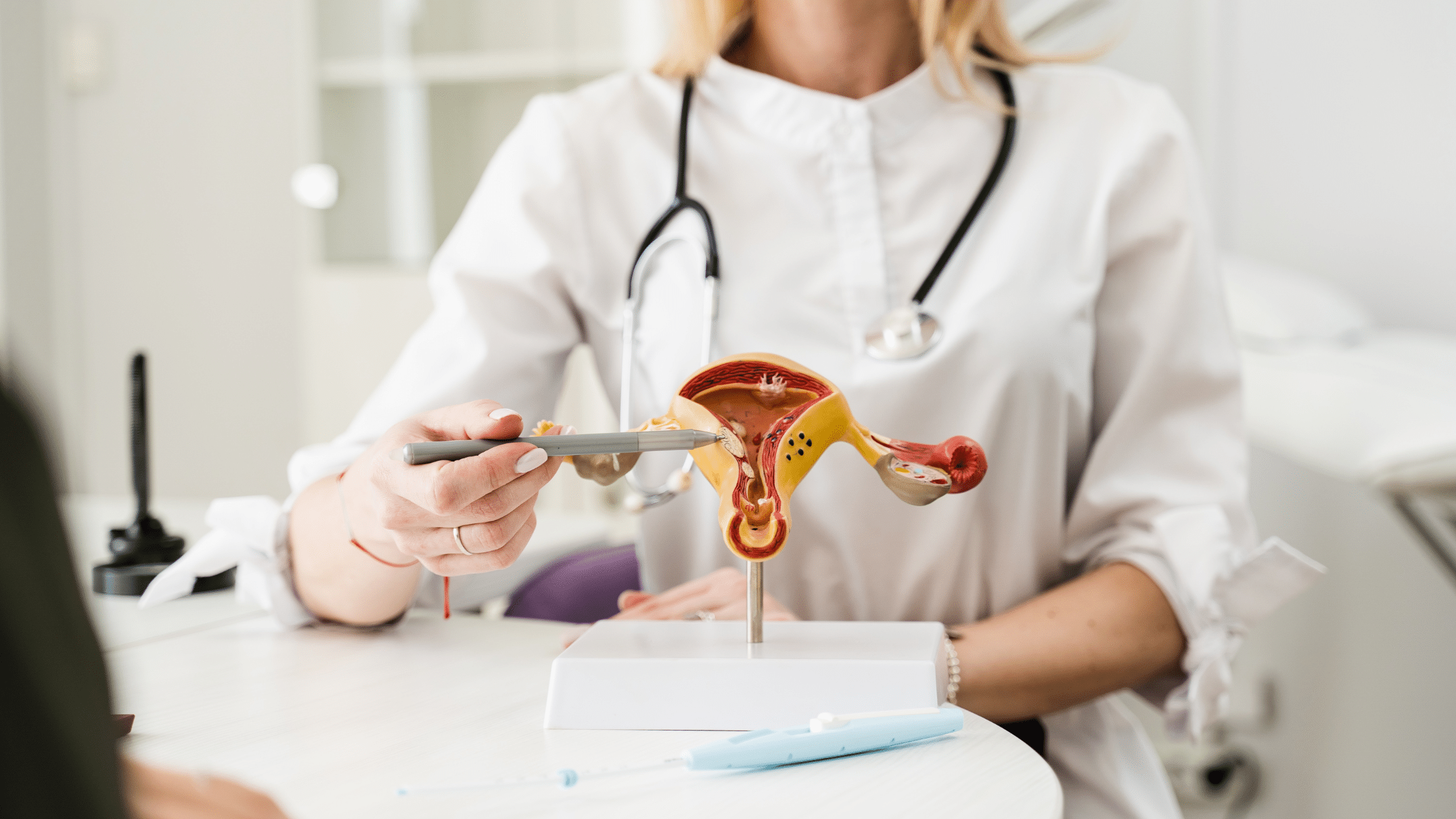Endometriosis affects millions of women across the U.S., yet its exact cause remains unclear. While…

Hope and Heart: Handling Infertility with Endometriosis
Endometriosis occurs when tissue, like the lining of the uterus, grows outside of the uterus in other parts of the body. Many women who have endometriosis suffer from chronic pelvic pain, while some have no symptoms at all. In some cases, endometriosis is only discovered after women experience issues with becoming pregnant.
If you are struggling with endometriosis and infertility, or you are struggling to become pregnant and aren’t sure why, read on to learn more about this issue and your options for treatment.
Endometriosis & Infertility: The Numbers
Some reports say that up to 50% of women with endometriosis experience infertility. Researchers don’t know exactly why, but they do have some ideas.
Here are a few of the theories:
- Inflammation causes the production of chemicals that can inhibit the sperm and egg cells, making fertilization more difficult.
- Scarring and adhesions from endometriosis can block the fallopian tubes or uterus, making it difficult for the sperm to meet the egg.
- Endometrial tissue on the ovaries can inhibit ovulation, preventing the release of an egg.
It should be noted that doctors do have solutions to these problems, but endometriosis can also make it difficult to conceive for other reasons:
- Your body’s hormonal chemistry can change
- Your body’s immune system may attack the embryo
- The layer of tissue lining your uterus where the egg implants itself may be affected
Infertile women are six to eight times more likely to have endometriosis, according to the National Center for Biotechnology Information (NCBI).
However, it’s important to note that having endometriosis doesn’t mean that you will never have children. Today, we have advanced diagnostic, testing, and treatment plans to help make conceiving a possibility!
Diagnosing Endometriosis
The most effective way to diagnose endometriosis is to perform a laparoscopy procedure. During laparoscopy, your provider will insert a fiber-optic instrument through a small incision in the abdomen to look for endometrial tissue (endometrium). Depending on the amount of endometrium present (if any), your doctor may recommend a customized course of treatment to prevent fertility issues.
Endometriosis has four stages:
- Stage I: a few small spots of endometrium but no scar tissue.
- Stage II: more endometrium than Stage 1, but less than 2 inches of the abdomen is involved, and there is still no scar tissue.
- Stage III: substantially more endometrium in the abdomen, which could be deep and create pockets of fluid in the ovaries. There could be scar tissue around the fallopian tubes or ovaries.
- Stage IV: a great deal more endometrium and very possibly endometriosis cysts in the ovaries. There could be scar tissue between the uterus and the rectum as well as around the ovaries or fallopian tubes.
Endometriosis Fertility Treatments
The best course of treatment for endometriosis-related infertility depends on your age, stage of disease, infertility risk factors, treatment costs, and personal choice. Whether endometriosis alone is the cause of your infertility will also play a part in your treatment plan.
Treatment of endometriosis-associated infertility has been based on three modalities: medical treatment, surgery, and assisted reproduction such as in vitro fertilization (IVF).
Medical Treatment for Endometriosis Infertility
Before starting any fertility treatment, your provider will perform a complete fertility evaluation. This evaluation can include hormone tests, blood tests, and tests of your partner’s sperm count. Medical treatments also depend on the progression and stage of your endometriosis.
Possible medical treatments include fertility medications such as clomiphene, injectable medications to induce ovulation, or intrauterine insemination.
Robotic Endometriosis Surgery
Minimally invasive laparoscopic removal of the endometrium may improve fertility. For people with severe endometriosis, surgery may bolster the success rate of other fertility treatments. Recent advancements in treatment have shown significantly improved live birth rates after surgery for women with stage 2 or stage 3 endometriosis.
The goal of robotic endometriosis surgery is to remove the endometrium while leaving the surrounding, healthy tissue intact. This surgical removal may improve your chance of getting pregnant.
Are You Having Trouble Getting Pregnant?
If you have been trying to get pregnant and it just isn’t happening, endometriosis could be the cause. Even if you don’t experience the chronic pain typically associated with this disorder, your chances of fertility are too precious to risk on undiagnosed endometriosis. Don’t spend another month being disappointed. Call and schedule your appointment today.
Contact The Endometriosis Treatment Center of America for Endometriosis Surgical Options
If you’re living with infertility and you’re ready to do something about it, choose the best in minimally invasive robotic excision surgeries. Request an appointment with the team at the Endometriosis Treatment Center of America for a consultation at our Lake Orion or Birmingham, Michigan locations.



